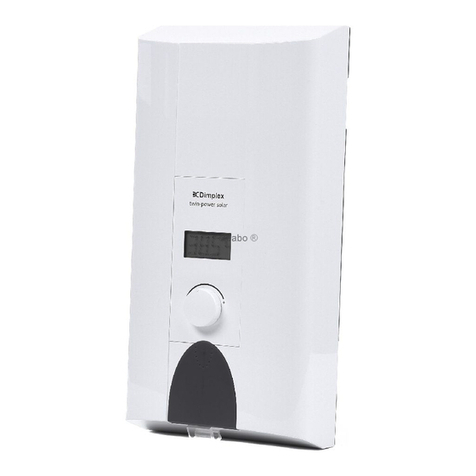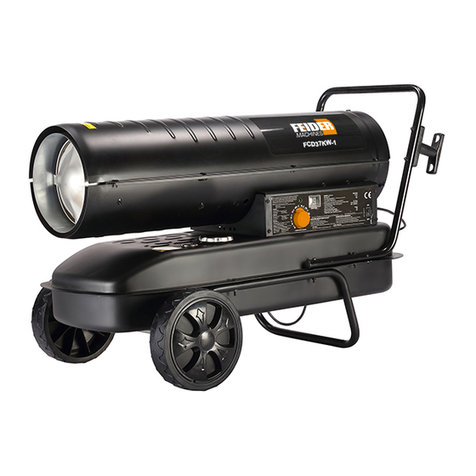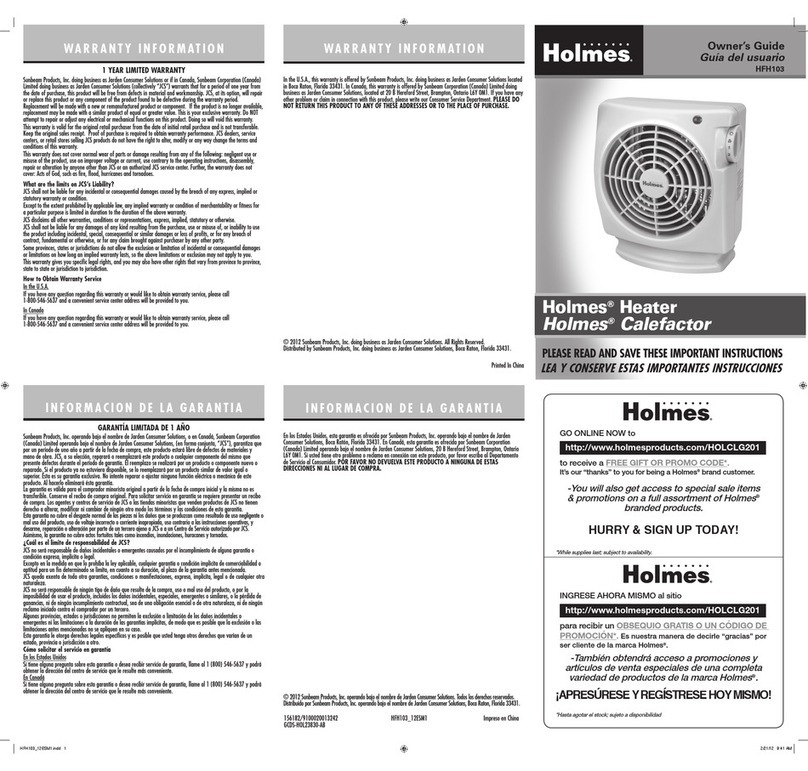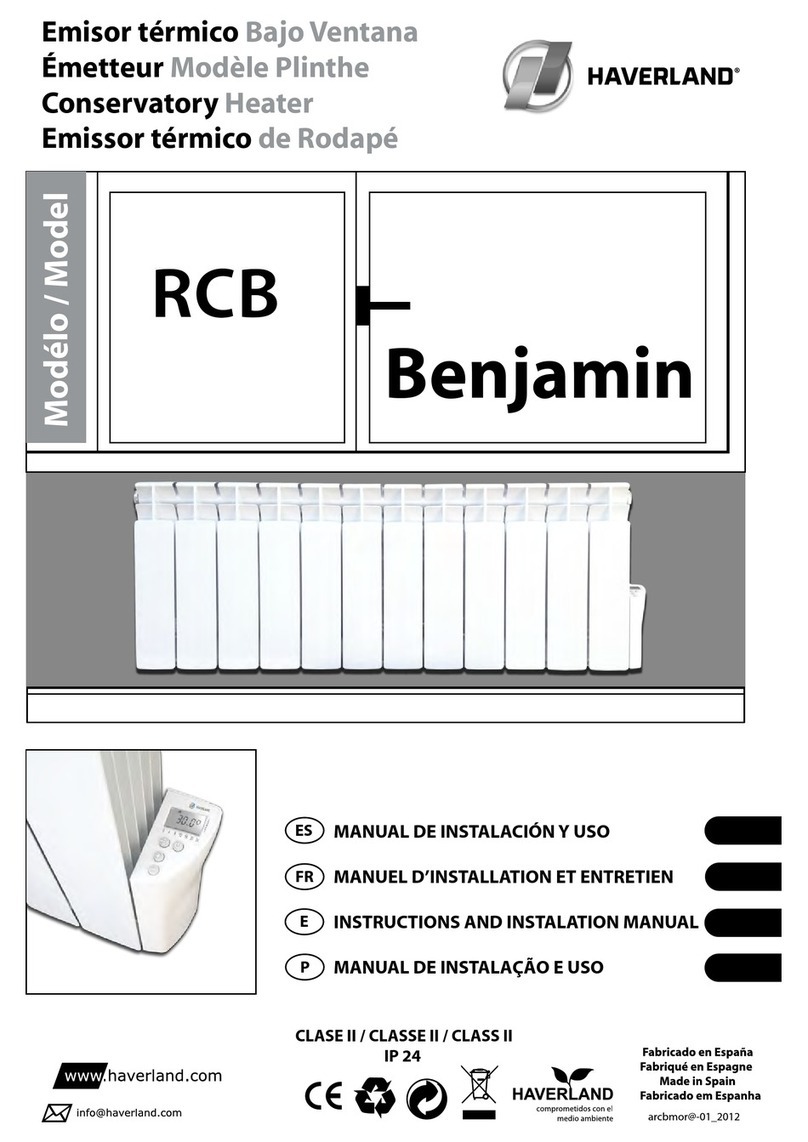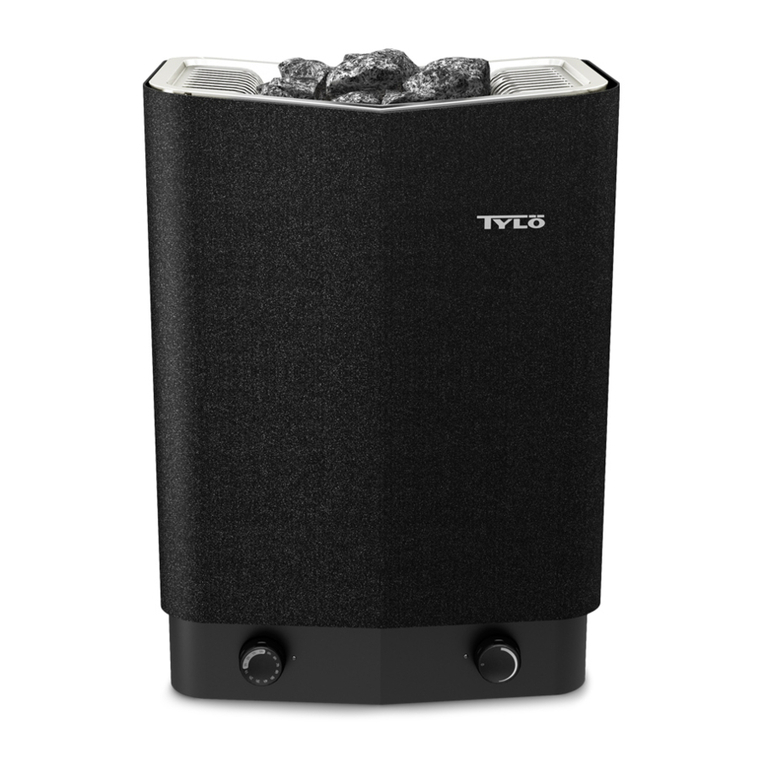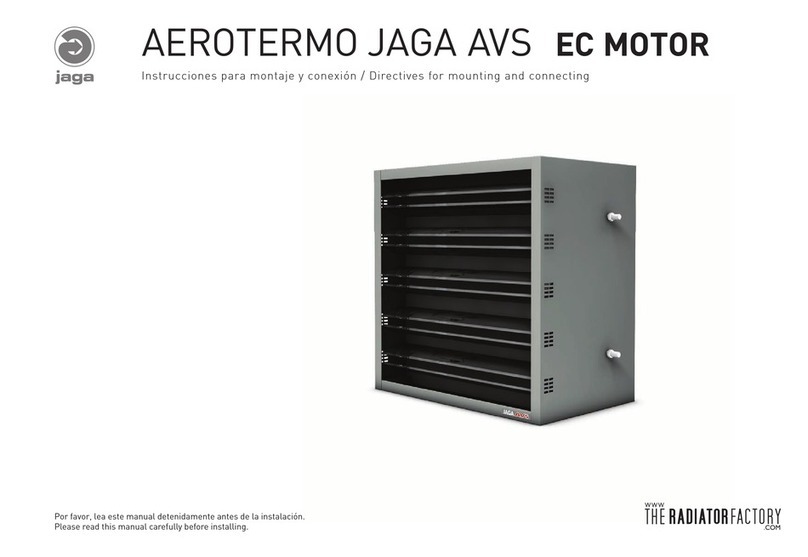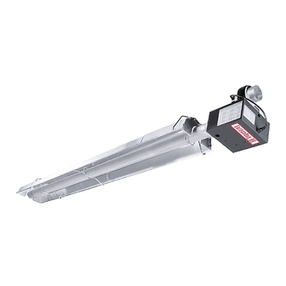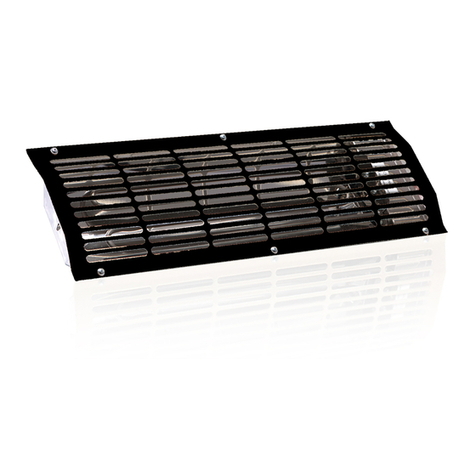Milan Blagojevic Royal 900 User manual

1
Owners Manual
for
Royal 900
Royal 720
Revised November 2011
Manufactured by: Imported by:
Milan Blagojevic A Sopka Inc
jure Strugara 20 4181 Plymouth Road
11300 Smederevo Cleveland, OH 44109
Serbia USA
www.mbs.rs www.sopkainc.com
Listed: UL 1482, ULC-S627 Solid Fuel Room Heater
PLE SE RE D LL INSTRUCTIONS BEFORE YOU INST LL YOUR NEW STOVE.
F ILURE TO FOLLOW INSTRUCTIONS M Y RESULT IN PROPERTY D M GE,
BODILY INJURY, OR EVEN DE TH.
S FETY NOTICE: FOR YOUR S FETY, CONT CT LOC L BUILDING OR FIRE
OFFICI L BOUT PERMITS, RESTRICTIONS, ND INST LL TION REQUIRE-
MENTS FOR YOUR RE . PLE SE CHECK WITH YOUR INSUR NCE BEFORE
USING IN YOUR HOME. USE PROFESSION L INST LLER.
C A U T I O N
Hot while in operation– do not touch
Contact may cause skin burns
Keep children and clothing away
Keep furnishing and other combustible materials
a considerable distance away from stove.
o not overfire. If stove or chimney connector glows, you are overfiring
DO NOT INST LL IN MOBILE HOME OR TR ILER

2
SAFETY INSTRUCTIONS
Read all instructions care ully.
SAVE THESE INSTRUCTIONS
1. The installation of this stove must comply with your local building codes. Please observe
the clearance to combustible. Stove must be 18”(46 cm) from any combustible material,
wall, wood, furniture, paper, etc. Note: rywall faced with bricks or stone should be con-
sider a combustible surface.
2. Always connect this stove to a chimney and vent outside. This stove requires approved ma-
sonry or factory build 6” diameter UL 103 Type HT chimney, that is high enough to give
good draft.
3. o NOT connect this stove to a chimney flue serving another appliance.
4. Be sure that your chimney is safely constructed and in good repair. Have chimney inspected
by the fire department or a qualified inspector.
5. Creosote or soot may build up in the chimney connector and chimney and may cause a
house or building fire. Inspect the chimney connector and chimney twice monthly during
the heating season and clean if necessary.
6. Burning any kind of fuel uses oxygen from the dwelling. Provide fresh air for proper com-
bustion from outside the house into the room where the stove is located.
7. To prevent injury, do NOT allow anyone to use this stove who is unfamiliar with the correct
operation of the stove. o not operate stove while under the influence of drugs or alcohol.
8. Flue connector pipe should be 6” diameter, minimum single wall 24 msg black or 25 msg
blued steel. (Listed to UL 103, Type HT and evaluated to CAN/ULC-S629-M87)
9. o Not overfire. The special paint used on stove may give off some smoke and an odor
while they are curing during first few fires. Open windows and doors as needed to clear
smoke and odor. Overfiring may cause some damage to the stove.
10. Use only dry, seasoned, natural untreated wood. o not burn garbage or flammable fluids,
such as gasoline, naphtha, kerosene or engine oil.
11. Use the metal ash drawer only to dispose of ashes. ispose of ashes in a metal container
with a tight fitting lid. Keep the closed container on a non-combustible floor, well away
from all combustible materials. Keep ashes in the closed container until all cinders have
thoroughly cooled. The ashes may be buried in the ground or picked up by a refuse collec-
tor.
12. CAUTION: Hot while in operation. All person, especially young children should be alerted
and trained to stay a safe distance from the stove. Small children should be all the time care-
fully supervised when they are in the same room with the stove.
13. This stove requires non-combustible floor protection.
14. Keep stove area clear and free from all combustible materials such as gasoline and/or other
flammable vapors and liquids at minimum 36”.
15. Never leave an unattended woodstove burning on high.
16. It is highly recommended to install smoke and carbon monoxide detectors in the home when
installing a wood stove.

3
1. Proper clearances must be maintained for adequate air circulation. Adequate ventilation
must be provided while operating this stove.
2. The stove must be placed on solid masonry, solid concrete, or when installing on combusti-
ble floor, on a UL 1618 listed floor protector. The base must extend at least 18” (46 cm) be-
yond the front of the stove and 8”(20 cm) to the sides, and MUST extend under the stove
pipe. (Check local building codes and fire protection ordinances.) Floor protector minimum
size; Royal 900 is 51.5”W by 49.5” (1308 mm X 1257 mm ); Royal 720 is 44.5” W by
49.5” ( 1130 mm X 1257 mm ).
3. The stove must have its own flue. O NOT CONNECT THIS UNIT TO A CHIMNEY
SERVING OTHER APPLIANCES.
4. Connect flue collar to the stove and adapter . The crimped end of the stove pipe must be in-
stalled facing down to fit inside the adapter. Figure 1, page 13.
5. Use three (3) sheet metal screws at each joint of stove pipe and adapter to firmly hold stove
pipe together. Use 6” round black/blue stove pipe (Listed to UL 103, Type HT and evalu-
ated to CAN/ULC-S629-M87) NOT galvanized pipe. O NOT CONNECT THIS STOVE
TO ANY AIR ISTRIBUTUIN OR UCT SYSTEM.
6. Slope any horizontal stove pipe upward toward the chimney at least 1/4 inch for each foot
of horizontal run.
7. You must have at least 18” of clearance between any horizontal pipe and ceiling.
8. The stove pipe must NOT extend to far into the chimney flue.
9. It is recommended that no more than two (2) 90 degree bends be used in the stove pipe in-
stallation.
10. Connect to 6” inspected masonry chimney or 6” UL Type HT listed chimney.
C UTION: STOVE IS HE VY. M KE SURE YOU H VE DEQU TE HELP ND
USE PROPER LIFTING TECHNIQUES WHENEVER MOVING STOVE.
A PROFESSIONAL, LICENSE HEATHING AN COOLING CONTRACTOR SHOUL
BE CONSULTE IF YOU HAVE QUESTIONS REGAR ING THE INSTALLATION OF
THIS SOLI FUEL BURNING APPLIANCE.
M SONRY CHIMNEY
Before using an existing masonry chimney, clean the chimney, inspect the flue liner and make
any repair needed to be sure it is safe to use.
If connector stove pipe must go through a combustible wall before entering the masonry chim-
ney, consult a qualified mason or chimney dealer. The installation must conform to local fire
codes, and NFPA 211.
o NOT connect this stove into the same chimney flue as the fireplace or flue from another
stove. If there is a cleanout opening in the base of the chimney, close it tightly.
UL LISTED CHIMNEY
Carefully follow chimney manufacturer’s instructions. Us only a UL 103 Type HT Listed Resi-
dential Type and Building Heating Appliance Chimney. The top of the chimney must be at least
three (3) feet above the roof and be at least two (2) feet higher than any point of the roof within
ten (10) feet.
INSTALLATION INSTRUCTION

4
Chimney connector systems and clearances
Chimney connector shall not pass through attic or roof space, closet or similar concealed space, or a floor,
or ceiling. When passage through a wall, or partition of combustible is desired, the installation shall con-
form to CAN/CSA-B365, Installation Code for Solid-Fuel-Burning Appliances and Equipment:


6

7
MINIMUM CLE R NCES TO
COMBUSTIBLE SURF CES
Unit to Sidewall - - - - - - - - - - - -18” (46 cm)
Unit to Backwall - - - - - - - - - - - -18” (46 cm)
Unit Corner to wall - - - - - - - - - 18”( 46 cm)
Pipe Connector to Ceiling - - - - - 18” (46 cm)
NOTE: DRYW LL F CED WITH BRICK OR
STONE SHOULD BE CONSIDER COMBUS-
TIBLE SURF CE.
C UTION: KEEP FURNISHING ND OTHER
COMBUSTIBLE M TERI LS W Y FROM
THE STOVE.
PROVIDE IR INTO THE ROOM FOR PROPER COMBUSTION.
1. Burn wood or coal only. The wood should be natural, air dried (seasoned) for at least six (6)
months. Before lighting open draft, located on front left or right side of stove. Light wood
using paper, twigs, etc. For burning coal check your local and state codes. NEVER USE
ANY FLAMMABLE LIQUI S OR GASOLINE TO START OR FRESHEN UP A FIRE
IN THE STOVE.
2. After the fire has been started, adjust the rate of burning by opening or closing the draft con-
trol.
3. o NOT touch the stove after firing until is has cooled.
4. Never overfire this stove by building excessively hot fires.
5. If stove begins to glow or turn red, you are overfiring the stove.
6. Inspect stovepipe every 60 days. Replace immediately if stove pipe is rusting or leaking
smoke.
7. Inspect the stove pipes, connectors, and chimney twice monthly during the heating season
and clean if necessary.
OPERATION OF THE STOVE
C UTION: SLOW BURNING FIRES ND EXTENDED USE M Y C USE EXCES-
SIVE CREOSOTE BUILDUP. IGNITION OF CREOSOTE/SOOT OR OVERFIRING
M Y C USE CHIMNEY FIRE. CHIMNEY FIRES BURN EXTREMELY HOT ND
M Y IGNITE SURROUNDING M TERI LS. IN C SE OF CHIMNEY FIRE C LL
THE FIRE DEP RTMENT IMMEDI TELY.
CHIMNEY MAINTENANCE - Creosote/Soot Formation and Need for Removal
When wood is burned slowly, it produces tar and other organic vapors which combine with ex-
pelled moisture to form creosote. The creosote vapors condense in relatively cool chimney flue
of a slow burning fire. As a result, creosote residue accumulates on the flue lining. When coal is
burned , the products of combustion combine with moisture to form a soot residue which accu-
mulates on the flue lining. When ignited, this soot/creosote makes an extremely hot fire.
The chimney and the chimney connector should be inspected at least twice monthly.
If creosote/soot has accumulated, it should be removed. Failure to remove creosote/soot may
cause a house or building fire. Creosote/soot may be removed by using chimney brush.
Chimney fires burn very hot. If the chimney connector glows red, immediately call the fire de-
partment.
Clearances may only be reduced by means approved by regulatory authority.

8
C UTION: HOT WHILE IN OPER TION. KEEP CHILDREN, NIM LS, CLOTH-
ING ND FURNITURE W Y FROM THE STOVE. DO NOT TOUCH HOT STOVE.
CONT CT M Y C USE SKIN BURNS. TR IN CHILDREN TO ST Y S FE DIS-
T NCE FROM THE UNIT. CHILDREN SHOULD BE LL THE TIME C REFULLY
SUPERVISED WHEN THEY RE IN THE S ME ROOM WITH THE STOVE.
C UTION: NEVER USE CHEMIC LS, G SOLINE, KEROSENE, CH RCO L
LIGHTER FLUID OR SIMIL R FL MM BLE LIQUIDS TO ST RT OR FRESHEN
UP FIRE IN THE STOVE.
KEEP LL FL MMEBLE LIQUIDS W Y FROM THE STOVE-WHETER IN USE
OR IN STOR GE.
OPERATING SAFETY PRECAUTIONS
1. NEVER BUILD EXTREMELY L RGE FIRES IN THE STOVE S D M GE TO
THE STOVE OR SMOKE LE K GE M Y RESULT.
2. NEVER OVERFIRE THIS STOVE BY BUILDING EXCESSIVELY HOT FIRES S
HOUSE OR BULDING FIRE M Y RESULT. YOU RE OVERFIRING THE
STOVE IF STOVE OR STOVE PIPE BEGINS TO GLOW OR TURN RED.
3. PROVIDE IR INTO THE ROOM FOR PROPER COMBUSTION.
4. USE SOLID N TUR L IR DRIED (SE SONED) WOOD and CO L, only.
5. INSPECT STOVE PIPES, CHIMNEY ND STOVE T LE ST TWICE MONTH
ND CLE N IF NECESS RY.
6. WHILE IN OPER TION, KEEP THE FEED DOOR CLOSED LL THE TIME,
EXCEPT WHILE TENDING THE FIRE. LW YS OPEN DR FT CONTROLER
BEFORE OPENING THE FEED DOOR.
BOUT DR FT:
The principle of draft is that warm air rises. Your chimney provides draft which sucks the
smoke up the chimney. The stove does NOT PUSH out the smoke. Your stove has been design
and approved for use under normal conditions. Unacceptable smoking usually indicates poor
draft in your chimney. Normal operating draft for this stove is 10 Pa - 12 Pa ( 0.04 w.c. - 0.05
w.c.). For draft above 15 Pa ( 0.06 w.c.) install a stovepipe damper. Gauges to measure draft are
readily available at stove stores and are economical to rent or purchase.
Should you have a problem with inadequate draft, you should contact a licensed heating and
cooling contractor for assistance in solving the problem.
PROB BLE C USES FOR SMOKING RE:
Insufficient chimney height above nearby obstructions.
Clogged or obstructed chimney system
owndraft caused by nearby trees, hills, buildings, etc.
Negative draft. In a cold chimney, a cold air column rushing down the chimney can prevent
stove start-up causing the stove or chimney pipe joins to smoke. SOLUTION: Open nearby
window, and use small strips of newspaper or tinder loosely placed in the firebox that will pro-
vide quick and hot heat up the chimney, thereby reversing draft.

9
Floor Protector Material Calculations
The stove must be placed on solid concrete, solid masonry, or when installed on a combus-
tible floor, on minimum 3/8 inch non-combustible UL 1618 listed floor protector.
If those materials or UL 1618 listed floor protector are not available, materials with R-
value of at least 0.8 may be substituted. Floor protector minimum size;
Royal 900 is 51.5” W by 49.5” (1308mm X 1257mm); Royal 720 is 44.5” W by 49.5”
( 1130 mm X 1257 mm).
This stove is designed or use with Solid Wood and Coal uel only
-Use only dry, seasoned, natural untreated wood.
-For best results use solid, bituminous, anthracite and lignite coal. Never use
manufactured coal “bricks” made of coal dust with wax-type binder.
-Egg or larger size of coal can be used.
-Store coal in dry, well ventilated area.
C UTION:Use Solid Wood and Coal Fuel only. Do not burn garbage or
flammable fluids as gasoline, naphtha or engine oil.

10
Oven glass: Replace oven glass only with original “Fully tempered soda-lime” glass
available from manufacturer or authorized dealer.

11

12
IF THE CHIMNEY CONNECTOR GLOWS RED, IMMEDI TELY C LL
THE FIRE DEP RTMENT

13

14

15

16

17
46 cm 18”
18”
46 cm
B CK W LL
S
I
D
E
W
L
L
CEILING
48” 122 cm
18” 46 cm
18”
46 cm
SINGLE WALL PIPE-MINIMUM CLEARANCES FOR USA/CANADA
Figure 1. Proper connection of stovepipe
FLOOR PROTECTOR
FRONT
8” 8”
18” 46 cm
20cm 20cm
20cm 8”
Floor protection must be minimum 3/8-inch non-combustible material extending beneath the stove.
Some example of clearance reduction;
- Using heat shields on back and sidewalls allowing at least 1” of space away from the
walls for ventilation. The inch spacing is necessary to ensure air circulation between the
protection and the wall so that the wall is not subject to high temperatures. The spacer
used must be non-combustible. Another method to achieve the same type of protection is
using brick or masonry with 1” air space between the brick or masonry and the wall. Us-
ing those shields can reduce clearances by 60%.
- Using special interior double wall stove pipe can reduce distance to as little as 6”
- Protecting wall or ceiling adjacent to the pipe.
- Installing an approve ‘pipe heat shield’ onto the stovepipe ( reduces 18” to 9” ).
- WARNING: o not place stove to close to the shield. There should be enough space
between for proper air ventilation.

18
“Milan Blagojevic AD” products are manufactured under the strict Standard
of the World Recogni e ISO 9001: 2000 Quality Assurance Certificate.
Limited One year Warranty
“Milan Blagojevic A ” warrants its products against manufacturing defects to the
original purchaser only—i.e., individual (register customer) whose name appear on
the warranty registration card., for a period of One year from date of purchase from
only an authorized dealer.
If within the one year period, your product should develop a defect due to materials
or workmanship of the original new product, Milan Blagojevic A (manufacturer),
Sopka Inc (importer), or your authorized dealer will supply ONLY the parts neces-
sary to make the repairs. (Labor Not Included) and is subject to following condition
and limitations:
This limited warranty does not cover damages caused by misuse, lack of mainte-
nance, accident, alterations, abuse or neglect.
This limited warranty does not cover any scratches, dents, corrosion or discoloring
caused by excessive heat, cleaning chemicals, nor chipping on porcelain enamel
parts, nor any venting components used in the installation.
Installation must be done in accordance with installation instructions included with
product and all local and national building and fire codes.
Milan Blagojevic A will not be liable for incidental and consequential damage of
any nature. This warranty gives the purchaser specific legal rights which may vary
from state to state. No other warranty is to be implied or expressed, including war-
ranties implied for a specific or particular purpose.
Milan Blagojevic A reserves the right to have its representative inspect any prod-
uct or part thereof prior to honoring any warranty claim.

19
Sa ety label
This manual suits for next models
1
Table of contents
Popular Heater manuals by other brands
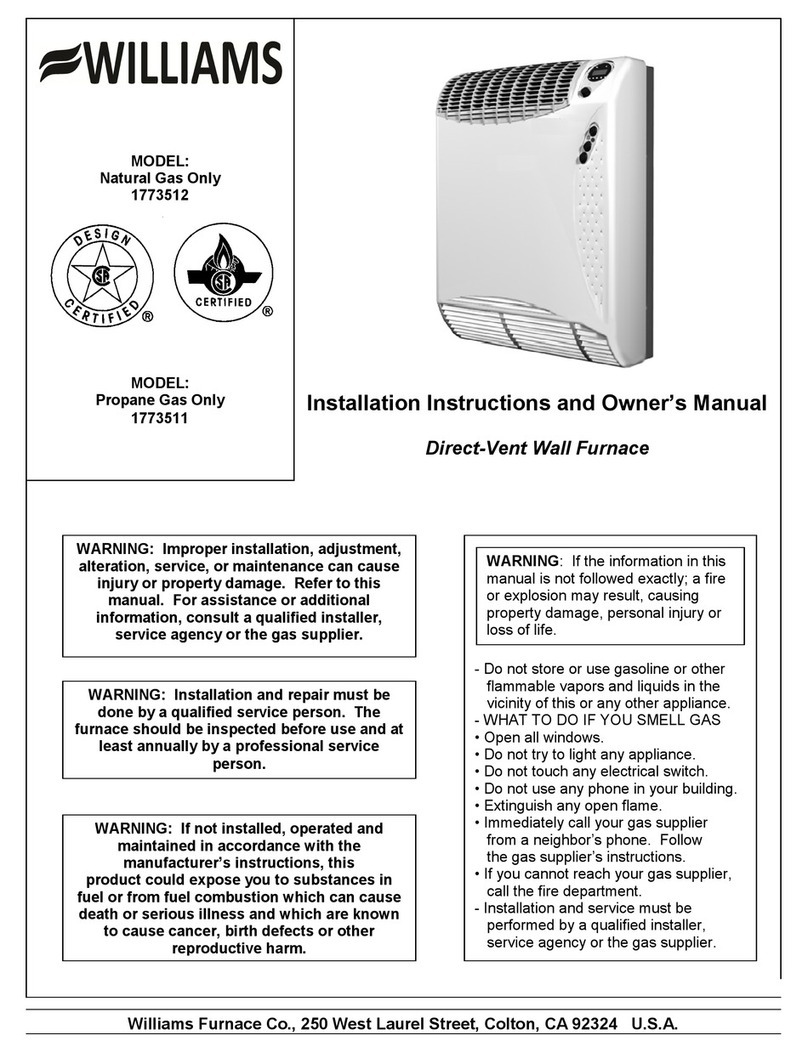
Williams
Williams 1773512 Installation instructions and owner's manual
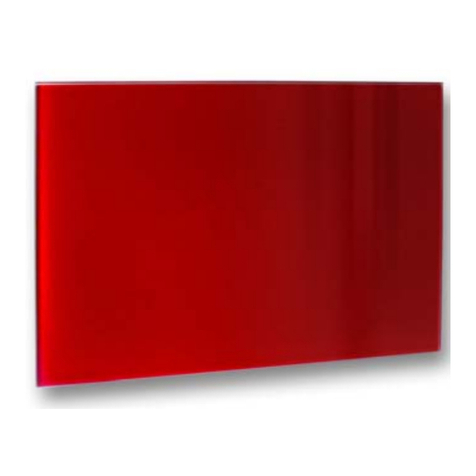
Fenix
Fenix GR 300 Mounting and operating instructions
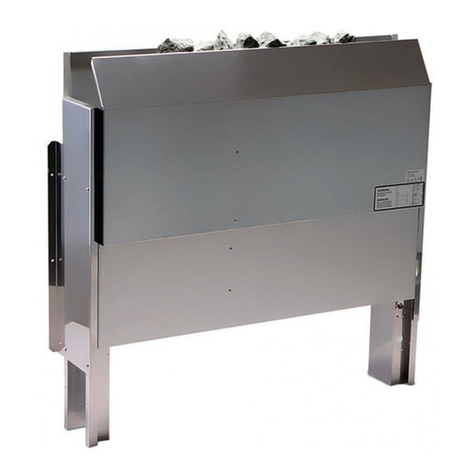
EOS
EOS 46.U Assembly and operating instruction
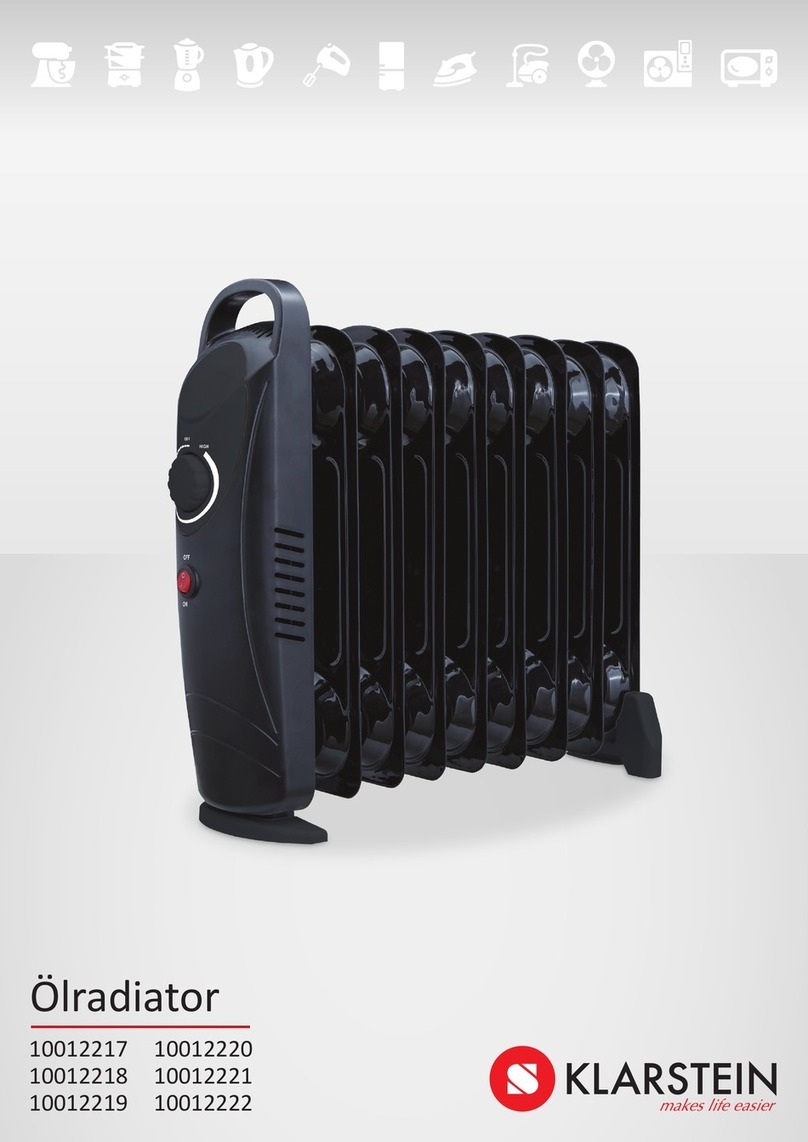
Klarstein
Klarstein 10012217 manual

Empire Heating Systems
Empire Heating Systems RH-50-6 Installation instructions and owner's manual

ThermoUp
ThermoUp TOP S 800 manual
